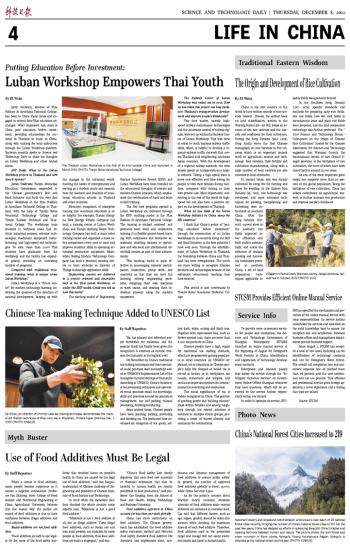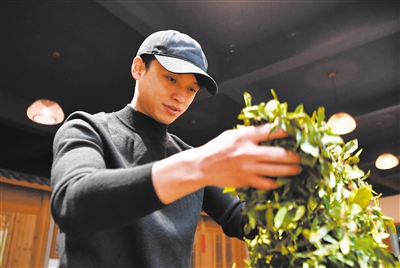
 |
| He Shi'an, an inheritor of Crumby-cake tea making technique, demonstrates the manual stir fixation technique of Wuyi rock tea in Wuyishan, China's Fujian province, Dec. 1, 2022. (PHOTO: XINHUA) |
Tea has pleased and refreshed people worldwide for millennia, and the popular drink has finally been given the recognition it deserves as cultural treasure for humanity at the highest level.
On November 29, China's traditional tea-making techniques and their associated social practices were successfully added to UNESCO's Representative List of the Intangible Cultural Heritage of Humanity. According to UNESCO, China's traditional tea processing techniques and associated social practices entail the knowledge, skills and practices around tea plantation management, tea-leaf picking, manual processing, drinking and sharing.
Since ancient times, Chinese people have been planting, picking, producing and drinking tea. Tea producers have developed six categories of tea: green, yellow, dark, white, oolong and black teas. Together with reprocessed teas, such as flower-scented teas, there are more than 2,000 tea products in China.
Chinese people have a high regard for traditional tea-making methods, which are progressively gaining popularity in other countries. As UNESCO explained, tea is ubiquitous in Chinese people's daily life. Steeped or boiled tea is served at homes, or in workplaces, tea houses, restaurants and temples, and used as an important medium for communication in socializing and ceremonies.
The social significance of tea is widely recognized in China. The practice of greeting guests and building relationships within families and among neighbors through tea-related activities is common to multiple ethnic groups, providing a sense of shared identity and continuity for communities.







